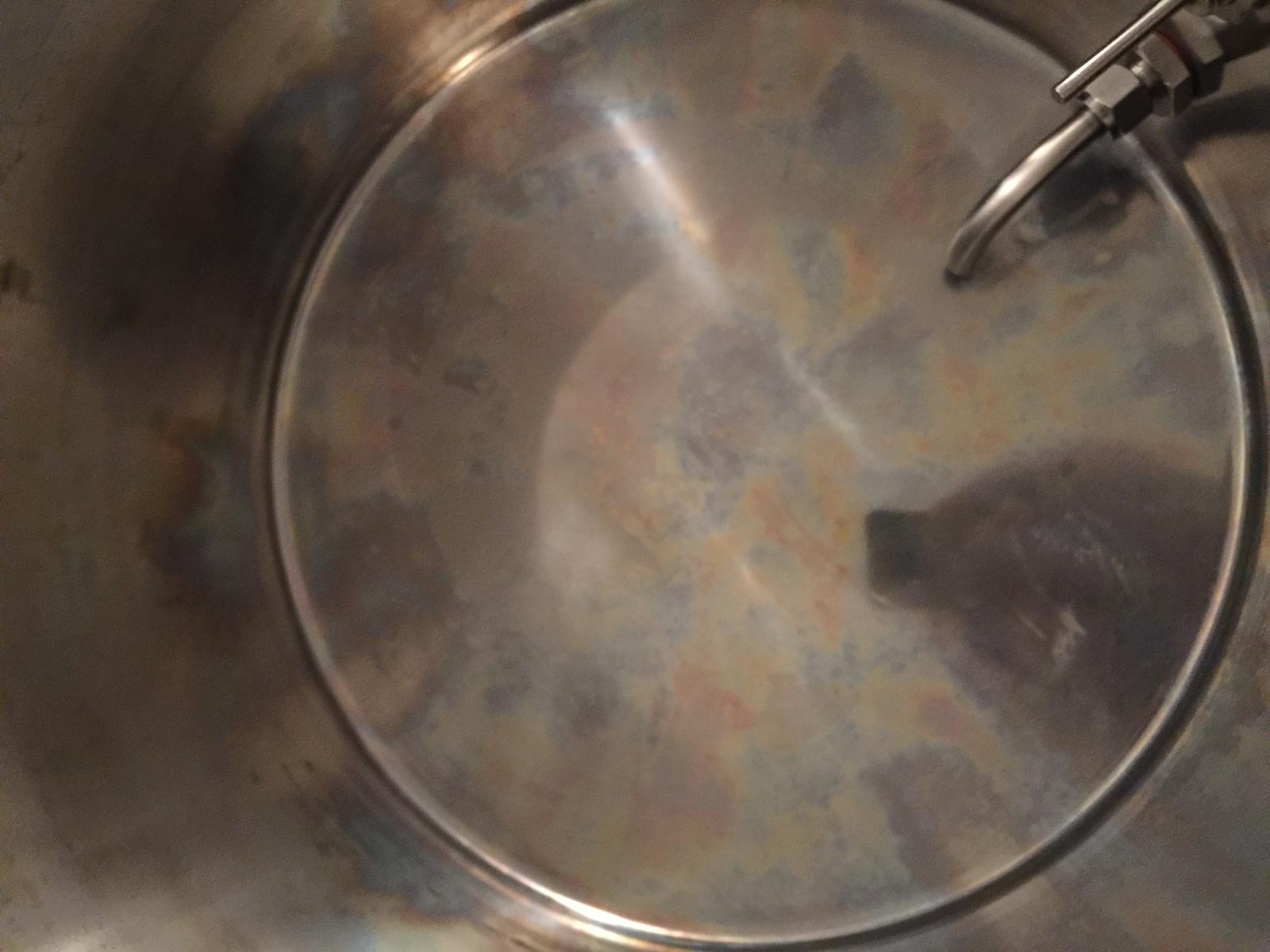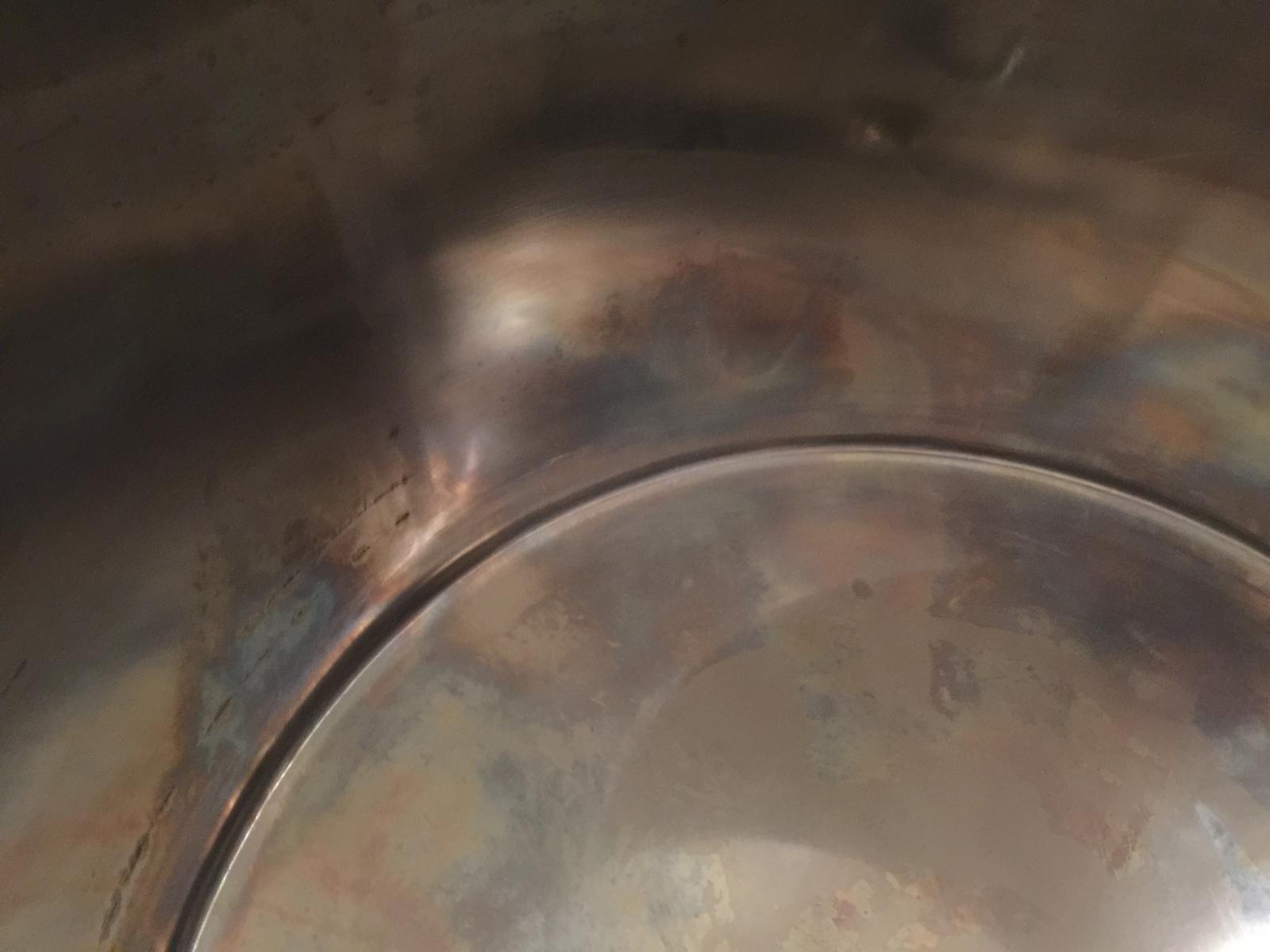- Joined
- Jan 17, 2014
- Messages
- 571
- Reaction score
- 175
First time using this kettle on a Blichmann. Entire affair was less than desirable. Didn't know I could/SHOULD adjust that damper but by that point, I guess damage was already done ([blue]flames rising up and touching the outside of the kettle). Bottom of kettle is colored as are the lower walls. Anyway, see photos please. Damaged? If yes, how to repair? Thank you!


























































![Craft A Brew - Safale S-04 Dry Yeast - Fermentis - English Ale Dry Yeast - For English and American Ales and Hard Apple Ciders - Ingredients for Home Brewing - Beer Making Supplies - [1 Pack]](https://m.media-amazon.com/images/I/41fVGNh6JfL._SL500_.jpg)


